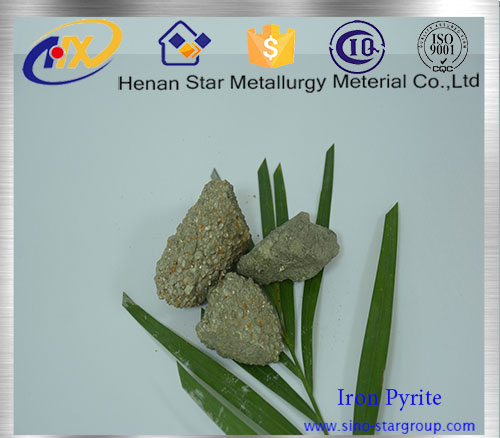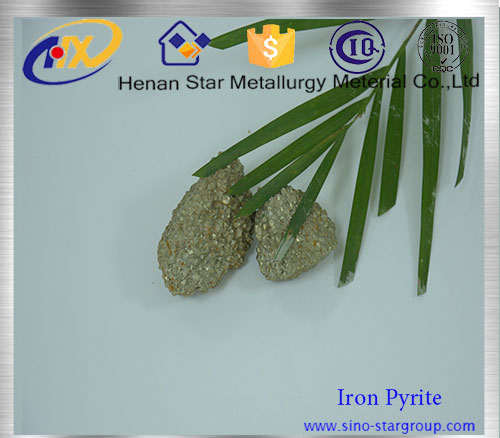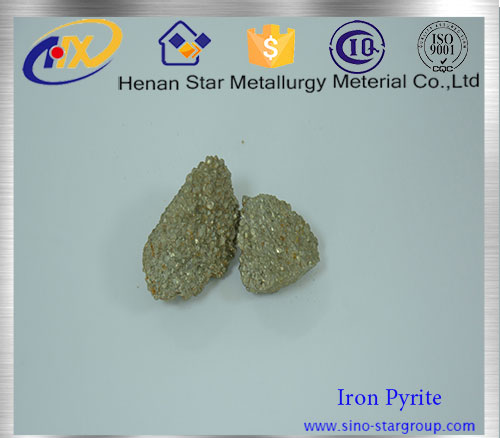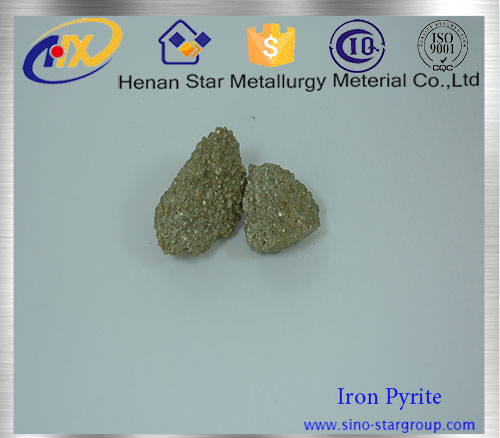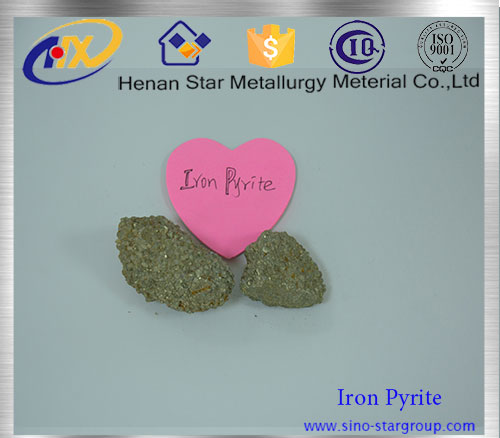Iron Pyrite
Pyrite is a metallic mineral that is composed of iron and sulfur atoms bound together in a ratio of one iron to two sulfur, and it is arguably the most abundant sulfide mineral on Earth.
We're here to help: Easy ways to get the answers you need.




